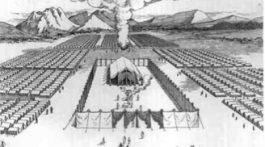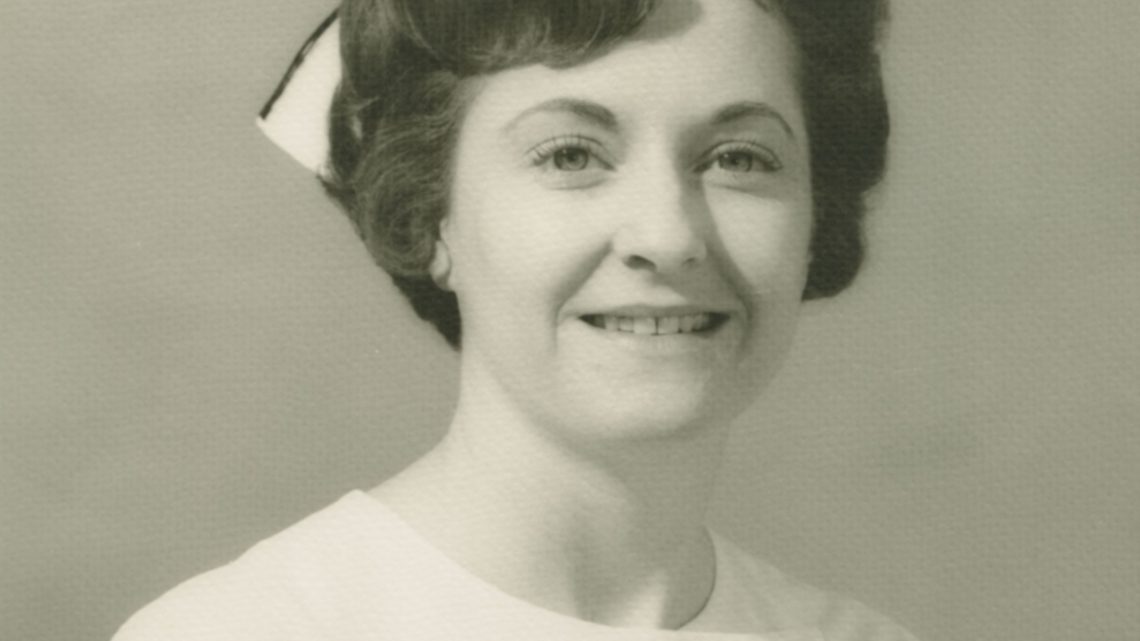At age 22,
“We were farm and ranch people from Nebraska,” she explains. “I was my mother’s only daughter.”
But it was because of her mother that Jones accepted the position at Porter Hospital in Denver, Colorado, and started as shift supervisor, a position usually earned after years of hospital experience.
“My mother was unusual in that she graduated with a college degree in 1939 from Wesleyan University in a place and time where few women pursued post-secondary education,” Jones said. “Because of that she always taught me to be an independent thinker, to be an independent person and to strive for excellence. She always encouraged me.”
Thanks to her mother’s inspiration, Jones earned a master’s degree in nursing administration from UCLA in 18 months—writing a thesis about stress among directors of nursing that involved personal interviews at 46 hospitals in the Los Angeles area.
Six people, six years
In the mid-1970s, only two governing bodies existed in the American nursing profession: The American Nurses Association and the National League for Nursing. The ANA focused primarily on the everyday practice of professional nursing while the NLN focused on education and accreditation. Licensure varied by state, and regulatory measures were inconsistent.
By then, Jones was executive director of the Board of Nursing in Phoenix, Arizona, a position appointed by the governor of the state. As an active member in both ANA and NLN, she was well aware of their individual and collective limitations. So when she was asked to help form a task force for the purpose of providing more unity and cohesion to the nursing profession, Jones knew just where to start.
Along with the other five members of the task force—all medical directors from different hospitals across the U.S.—Jones decided to create a national network to unify the 50 state boards of nursing. The six-person team traveled the nation and met with each state board to address problems and offer a projected solution. “They could see we needed to think more about how we could regulate nursing for the future,” she said.
For six years, the task force worked to create a national body that would allow the ANA and NLN to better specialize without spreading thin, one that would also address overarching concerns of regulation with a design adaptive enough to stay abreast of technology and society. Thus, in 1978 the National Council of State Boards of Nursing was formed, and has since grown to be the regulatory body of all 50 states and four American territories. Its responsibilities include developing and managing the NCLEX-RN national nursing licensure exam.
“This was a huge movement forward in the standardization of nursing as a profession,” said Dr. Nicole Orian, chair of the Union College Division of Nursing.
Consistency and cohesion
“Union’s nursing education is at the same high standard it’s always been,” Jones said, acknowledging the nursing program’s top first-time pass rates on the national licensure exam she helped to pioneer.
In August 2014 the NCSBN honored Jones and the other two surviving task force members for their achievements in Rhode Island at the 35th anniversary of the council’s inception. “It was unbelievable,” said Jones.
—Michael Rohm graduated from Union College in 2014 and writes from his home in Bend, Oregon.








